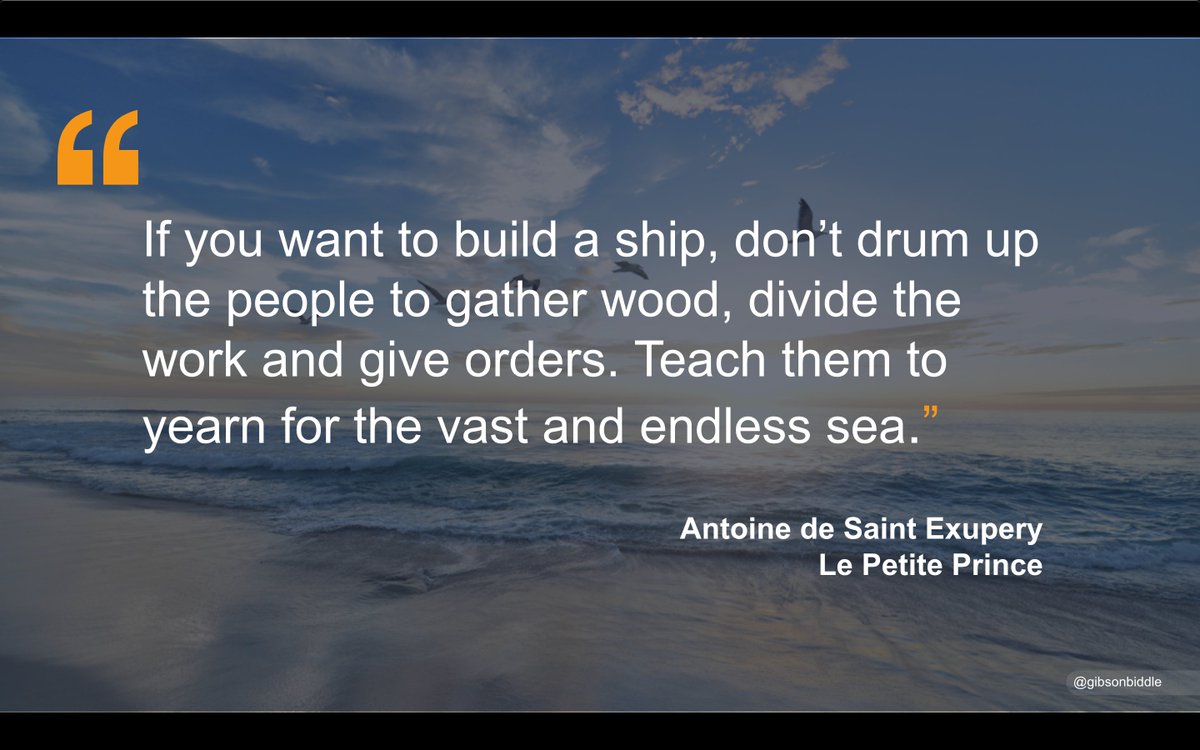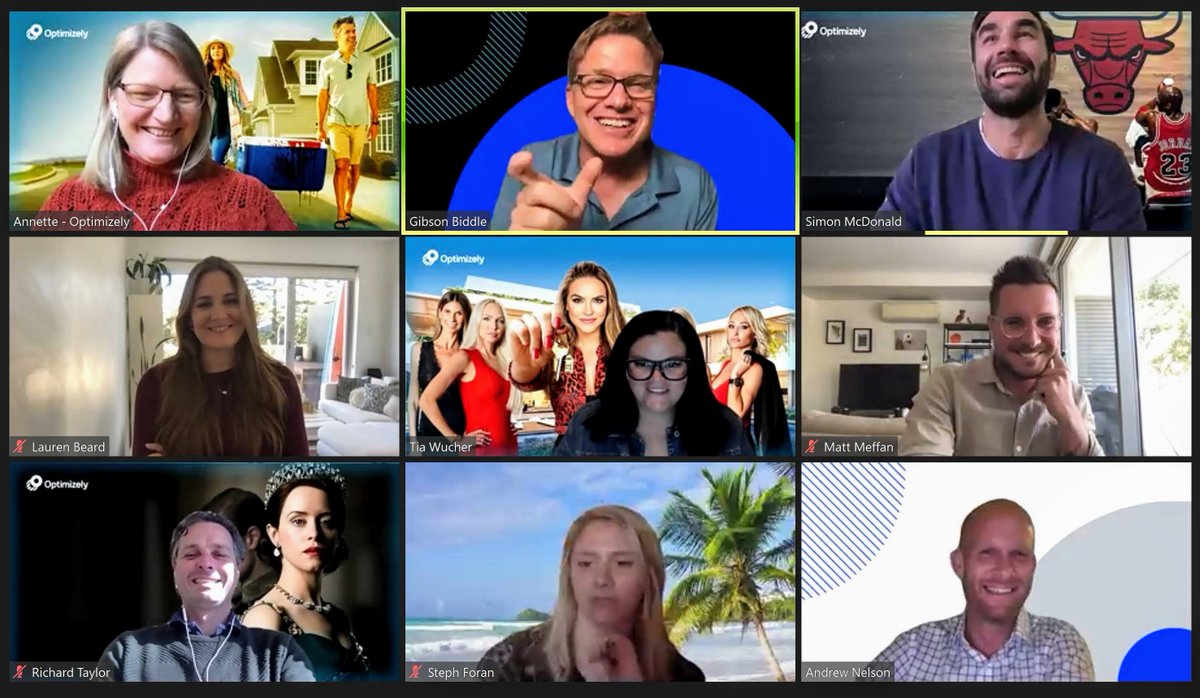
Former Netflix/Chegg VP/CPO. Many virtual talks/workshops. Guest lecturer @INSEAD & Stanford. My free “Ask Gib” Product Newsletter: https://t.co/EM21Ic1Ag4
6 subscribers
How to get URL link on X (Twitter) App




 2. The issue is cultural. Companies need to decide where they want to be. Where does Peloton want to be on a continuum from "Family" to "Pro Sports Team"? There's no right answer, but it's helpful to agree on where you are today, and where you aspire to be in the future.
2. The issue is cultural. Companies need to decide where they want to be. Where does Peloton want to be on a continuum from "Family" to "Pro Sports Team"? There's no right answer, but it's helpful to agree on where you are today, and where you aspire to be in the future.




 2) The main thing is you have to double down on engagement tactics. You can drive engagement in real talks via stories, "what would you do" scenarios, and cases, but to consistently keep the audience's attention you need to do more...
2) The main thing is you have to double down on engagement tactics. You can drive engagement in real talks via stories, "what would you do" scenarios, and cases, but to consistently keep the audience's attention you need to do more...